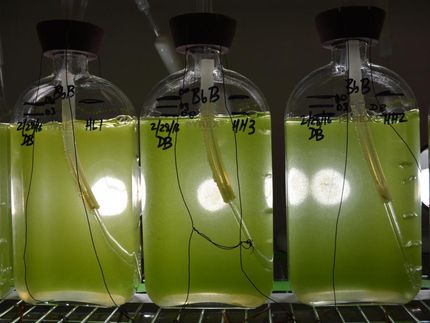University of Miami scientists find way to identify manmade biofuels in atmosphere
Tracking urban atmospheric plumes using isotopic signatures of vehicle emissions
Scientists at the University of Miami Rosenstiel School of Marine & Atmospheric Science have discovered a technique to track urban atmospheric plumes thanks to a unique isotopic signature found in vehicle emissions.
Brian Giebel, a Marine and Atmospheric Chemistry graduate student working with Drs. Daniel Riemer and Peter Swart discovered that ethanol mixed in vehicle fuel is not completely burned, and that ethanol released in the engine's exhaust has a higher 13C to 12C ratio when compared to natural emissions from most living plants. In other words, the corn and sugarcane used to make biofuels impart a unique chemical signature that is related to the way these plants photosynthesize their nutrients.
The team suggests that ethanol's unique chemical signature can be used during aircraft sampling campaigns to identify and track plumes as they drift away from urban areas. The results of their efforts, titled "New Insights to the Use of Ethanol in Automotive Fuels: A Stable Isotopic Tracer for Fossil- and Bio-Fuel Combustion Inputs to the Atmosphere" appears in the journal, Environmental Science & Technology.
Giebel collected and analyzed air from downtown Miami and the Everglades National Park and found that 75% of ethanol in Miami's urban air came from manmade biofuels, while the majority of ethanol in the Everglades air was emitted from plants, even though a small quantity of city pollution from a nearby road floats into the park.
Air samples from the two locations were subjected to a precise scientific process, first separating the elements using gas chromatography, and then burning each component. The resulting carbon dioxide was put through a mass spectrometer, where the researchers were able to measure the abundance of each carbon isotope.
"According to global emissions estimates, plants release three times as much ethanol as manmade sources," said Giebel. "However, if the amount of ethanol used in our fuel continues to increase, vehicle emissions should eventually exceed natural emissions. This is particularly critical in urban areas because the majority of ethanol in the atmosphere is converted to acetaldehyde, which is highly reactive and considered to be a toxin detrimental to human health."
Topics
Organizations
Other news from the department science
These products might interest you
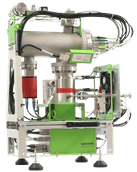
IonTamer ToF MS by Spacetek Technology
IonTamer instruments are time-of-flight residual gas analysers (TOF-RGA) for the analysis of gases
Compact Time-of-flight residual gas analyzer (TOF-RGA) for process analysis

PlasmaQuant MS Elite by Analytik Jena
LC-ICP-MS Is the Key to the World of Elemental Species
Highest Sensitivity and Lowest Detection Limits with PlasmaQuant MS Series and PQ LC
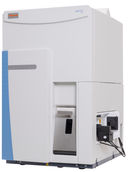
iCAP TQ Triple Quadrupole ICP-MS by Thermo Fisher Scientific
Overcome unexpected interferences, reduce detection limits and improve data quality
Ultralow limits of detection with simplicity - even for the most challenging analytical applications

iCAP RQ single Quadrupole ICP-MS by Thermo Fisher Scientific
Robust ICP-MS with ease of use and high productivity for routine analysis
A complete multi-element analysis solution for your high-throughput routine laboratory
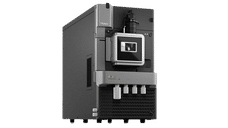
Xevo TQ Absolute by Waters
A new Tandem Quadrupole Mass Spectrometer for Quantification with Absolute power
Absolute performance, efficiency, productivity, and confidence for your most challenging compounds
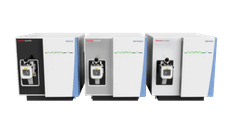
Thermo Scientific TSQ Triple Quadrupole Mass Spectrometry Systems by Thermo Fisher Scientific
Confident quantitation with triple quadrupole LC-MS systems
Mass Spectrometry Systems

TSQ 9610 GC-MS/MS by Thermo Fisher Scientific
TSQ 9610 GC-MS/MS for superb sensitivity and selectivity with outstanding reliable productivity
Eliminate unnecessary, unplanned instrument downtime, save helium and maximize productivity

Get the analytics and lab tech industry in your inbox
By submitting this form you agree that LUMITOS AG will send you the newsletter(s) selected above by email. Your data will not be passed on to third parties. Your data will be stored and processed in accordance with our data protection regulations. LUMITOS may contact you by email for the purpose of advertising or market and opinion surveys. You can revoke your consent at any time without giving reasons to LUMITOS AG, Ernst-Augustin-Str. 2, 12489 Berlin, Germany or by e-mail at revoke@lumitos.com with effect for the future. In addition, each email contains a link to unsubscribe from the corresponding newsletter.
Most read news
More news from our other portals
See the theme worlds for related content
Topic world Gas chromatography
Gas chromatography is an essential method in analytical chemistry for the separation and analysis of volatile compounds. Due to its high resolution and sensitivity, it has become firmly established in areas such as environmental analysis, food chemistry or forensic science. GC provides precise and reliable results and enables deep insights into the chemical composition of samples.

Topic world Gas chromatography
Gas chromatography is an essential method in analytical chemistry for the separation and analysis of volatile compounds. Due to its high resolution and sensitivity, it has become firmly established in areas such as environmental analysis, food chemistry or forensic science. GC provides precise and reliable results and enables deep insights into the chemical composition of samples.
Topic World Mass Spectrometry
Mass spectrometry enables us to detect and identify molecules and reveal their structure. Whether in chemistry, biochemistry or forensics - mass spectrometry opens up unexpected insights into the composition of our world. Immerse yourself in the fascinating world of mass spectrometry!

Topic World Mass Spectrometry
Mass spectrometry enables us to detect and identify molecules and reveal their structure. Whether in chemistry, biochemistry or forensics - mass spectrometry opens up unexpected insights into the composition of our world. Immerse yourself in the fascinating world of mass spectrometry!
